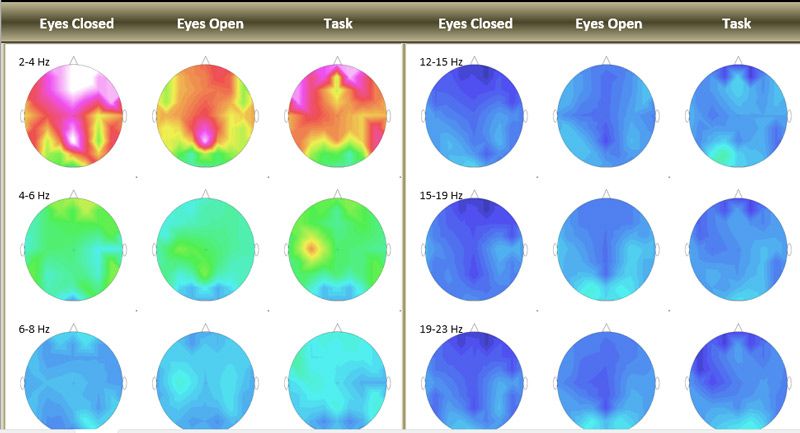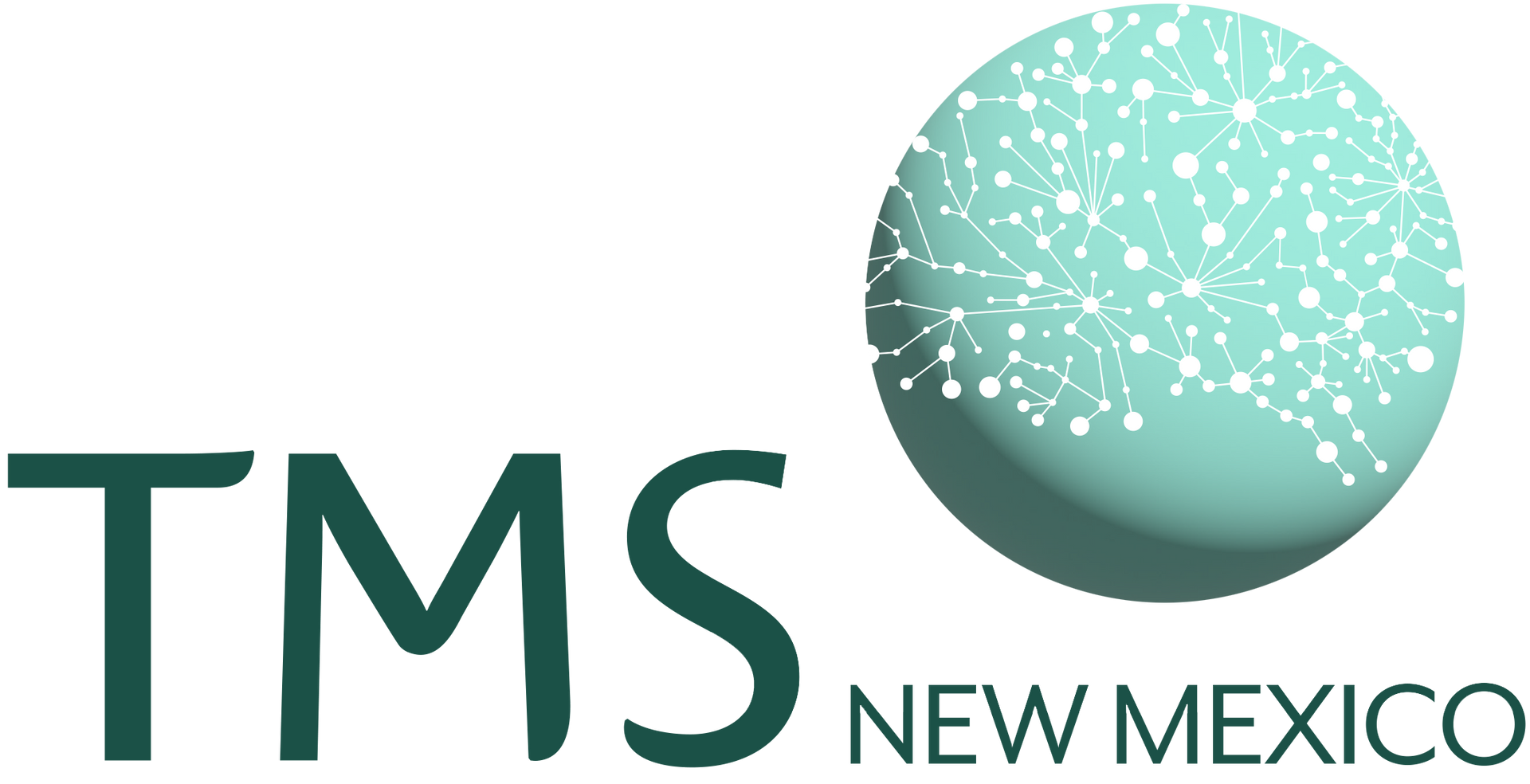EEG TREATMENT
(ELECTROENCEPHALOGRAM)
At TMS New Mexico, we provide advanced diagnostic and treatment options like electroencephalography (EEG), a non-invasive test that measures electrical activity in the brain. Our state-of-the-art facility and experienced team always ensure you receive quality care.
WHAT IS EEG?
(Electroencephalogram)
An EEG (electroencephalogram) is a non-invasive test that measures electrical activity in the brain using small, flat metal discs (electrodes) attached to the scalp either singularly or in a cap. These electrodes detect electrical impulses generated by neurons (nerve cells) in the brain, which are amplified and recorded as brain wave patterns.

EEG collection involves placing electrodes strategically on the scalp to monitor and record brain activity in real-time. The resulting EEG data shows patterns of electrical activity, which can help in diagnosing various neurological disorders such as epilepsy, sleep disorders, brain tumors, and cognitive impairments. It can show vascular or metabolic issues, and serves as a map of how someone may be feeling.
The EEG is also used to assess brain function during different states, such as wakefulness, sleep, and anesthesia. It can provide valuable information about brain activity in response to stimuli, aiding in the understanding of brain disorders and guiding treatment decisions.
In addition to physiological health findings through EEG, there is no thought or feeling that doesn’t arise from neuronal firing. Thus, EEG provides valuable insights into the biological aspects of psychiatric disorders such as depression, anxiety, OCD, and panic disorder.
Because scientists have been studying EEG collections for over a century, there is a wealth of knowledge and numerous normative databases for comparison. EEG is a valuable diagnostic tool and can serve as a literal map of what to address and where. At TMS New Mexico, we always prefer to start with an EEG assessment where possible. An EEG assessment is especially helpful for the many off-label uses for TMS, including Peak Performance for athletes or business professionals, post-stroke treatment, attention issues, and anhedonia.
HELPFUL LINKS TO LEARN MORE
Reach out to mental health professionals for support with depression. You're not alone.
TMS THERAPY CAN HELP WITH
- Depression
- Lack of Joy
- Sadness and Despair
- Low Mood
- Lethargy
- Insomnia
- Oversleeping
- Social Isolation
- Self-Harm
- Substance Abuse
- Suicidal Ideation
- Alcoholism

EEG Biofeedback
Different brain waves correspond to various mental states such as relaxation, wakefulness, and sleep. EEG biofeedback, also known as neurofeedback, can alter these brain waves through “training,” improving overall health and reducing symptoms associated with conditions like anxiety, depression, insomnia, and more.
The alteration of brain waves occurs by rewarding EEG frequencies associated with relaxed attention and suppressing those linked to under- or over-arousal. EEG biofeedback has a range of clinical applications, including treating migraines, epilepsy, ADHD, alcohol misuse, and PTSD. Typically conducted 2-3 times a week, it may take 10-20 sessions for patients to notice improvements, while more sessions may be required for complex conditions associated with developmental delays or brain injuries.
FREQUENTLY ASKED QUESTIONS
Have questions? Check out these FAQs or contact us today to learn how EEG can help you regain the positive quality of life you deserve. At TMS New Mexico, we always prioritize your comfort and strive to make EEG sessions as comfortable as possible.
If you have any further questions, please do not hesitate to call us: (505) 505-6566
What is an EEG Used For?
An electroencephalogram (EEG) is a non-invasive medical test that measures and records the brain's electrical activity using small electrodes placed on the scalp. By detecting the electrical impulses generated by brain cells, an EEG provides crucial information about brain function and is used to diagnose conditions such as epilepsy, sleep disorders, brain tumors, brain injuries, and other neurological conditions. Additionally, it can be used during brain surgery to monitor and protect critical areas of brain function.
What are the benefits of EEG neurofeedback?
Neurofeedback has been employed to treat various conditions such as ADHD, anxiety, depression, PTSD, chronic pain, and improve sleep disorders, memory, creativity, and mental clarity for many decades. Because we are working the brain, it’s a top down approach to most levels of functioning.
It is frequently successfully integrated into a comprehensive treatment plan alongside other therapies or medications.
What should I do to prepare for an EEG?
You will speak with us here to go over any necessary preparation, it usually requires very little other than arriving in a “typical” state for you, meaning having gotten your normal amount of sleep, etc. Try to allow time to arrive relaxed.
Is an EEG painful?
Not at all! An EEG collection is a non-invasive and painless procedure. The electrodes we paste on with a benign paste (similar to beeswax) are little amplifiers and simply record the electrical activity in your brain without causing any discomfort.
How long does an EEG test take?
The test typically takes around 45 minutes. However, the duration may vary depending on the specific requirements of your test and can occasionally last over an hour. Once we collect the data, we will need to process and review it, so you will have a follow up appointment to discuss the findings.
Can I return to my normal activities after an EEG?
Yes, you can resume your regular activities immediately after the test. There are no side effects or downtime associated with EEG.
Does insurance cover an EEG?
While some people have had their insurance cover an EEG, the majority have not. You can contact your insurance company to get more information. We generally provide EEG services on a cash-pay basis. Contact us to learn more about your options for coverage.

